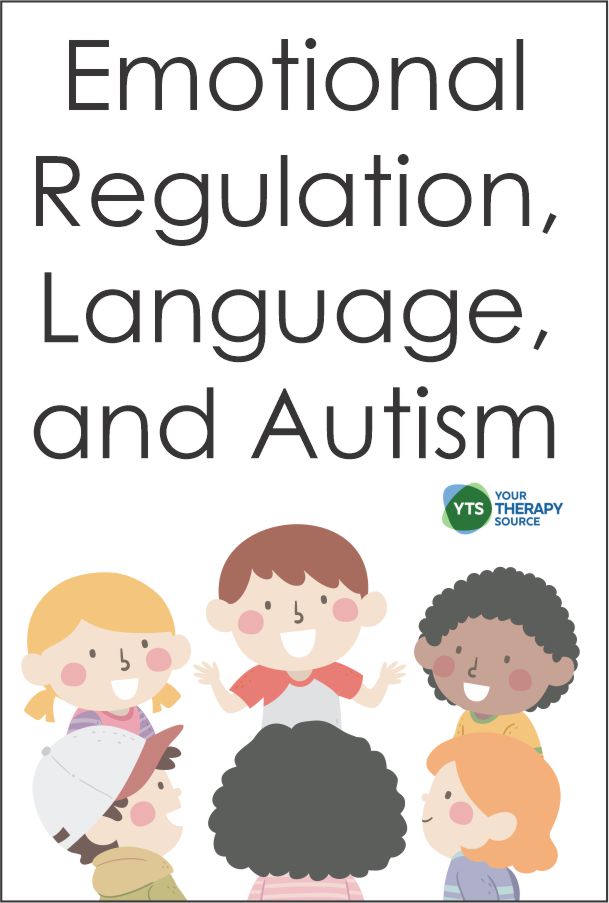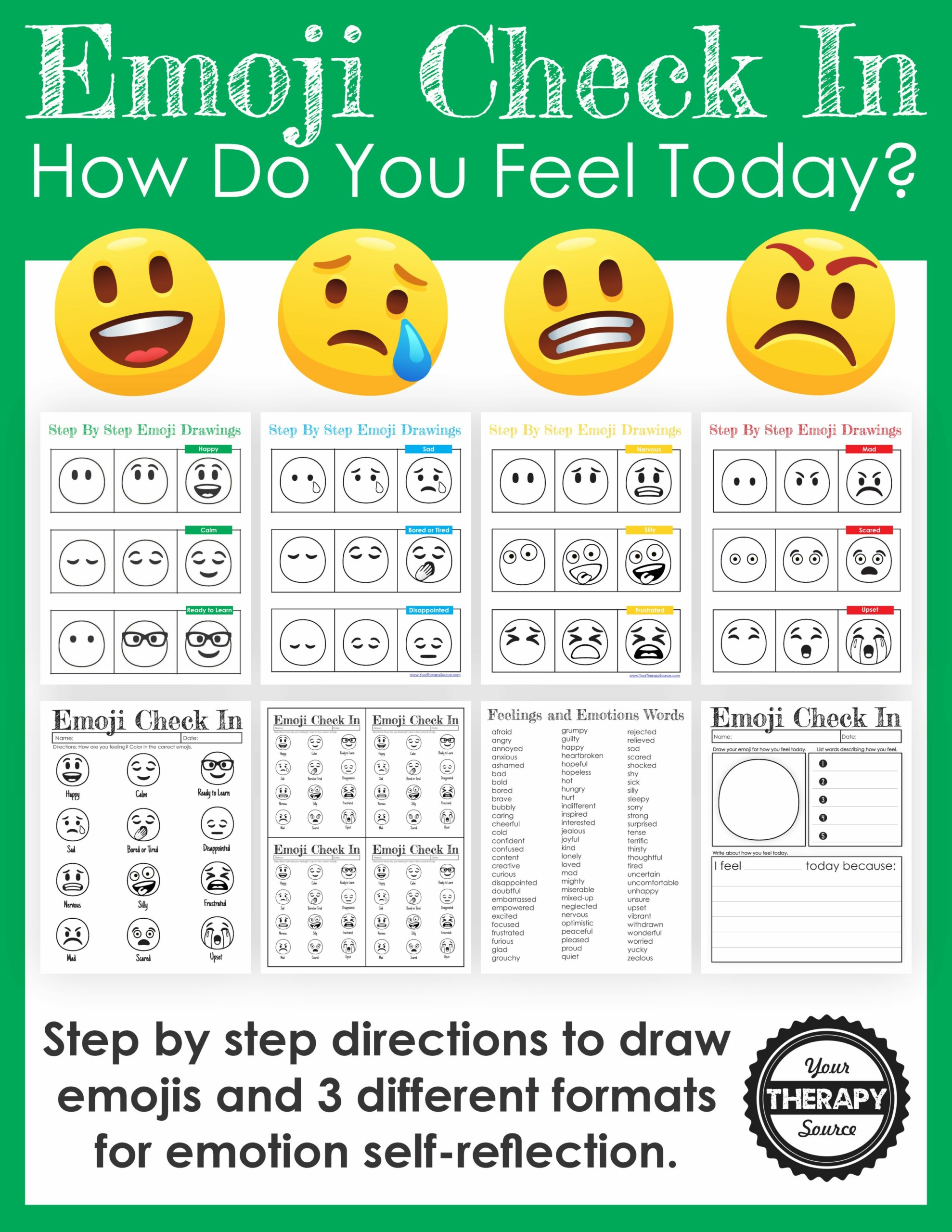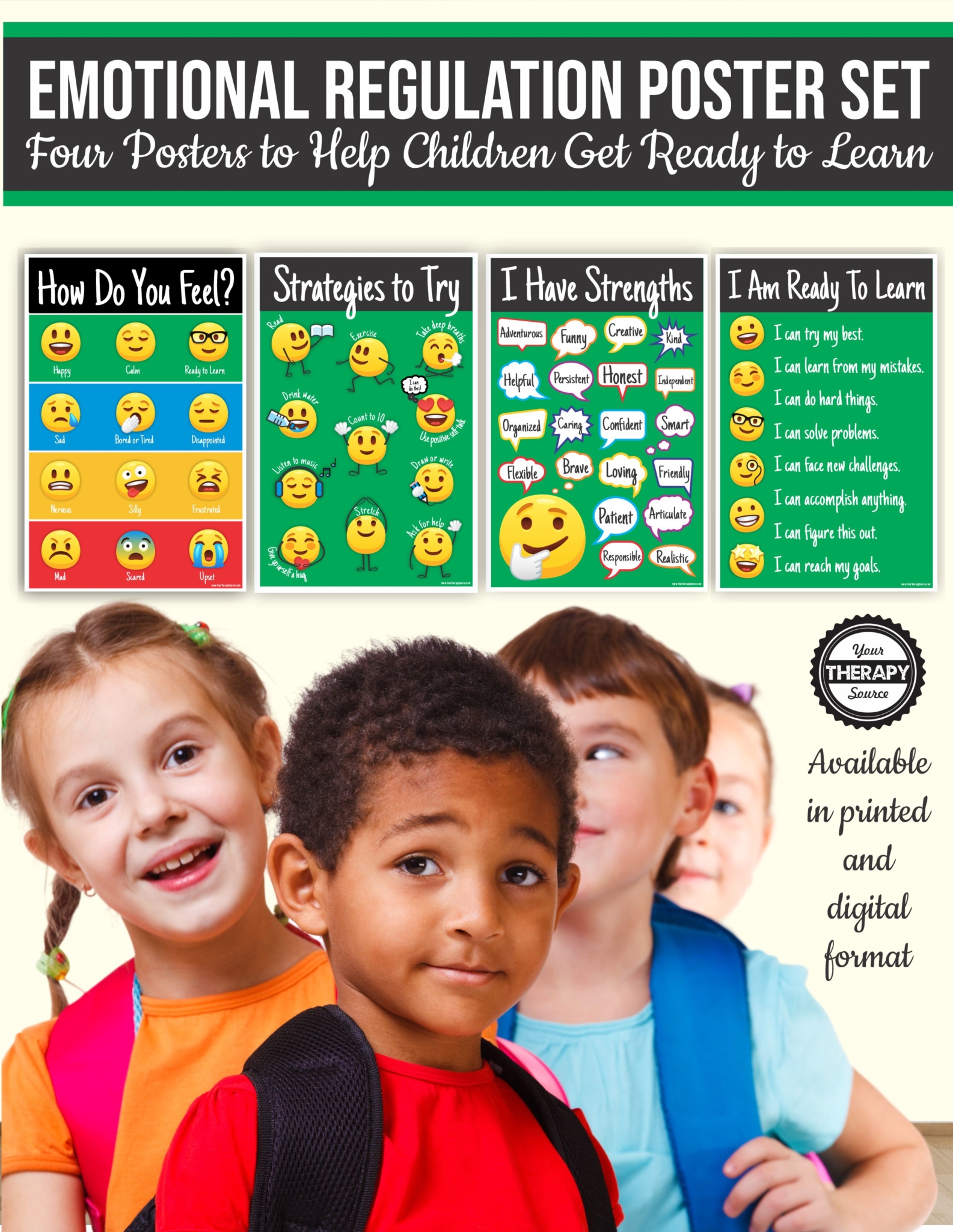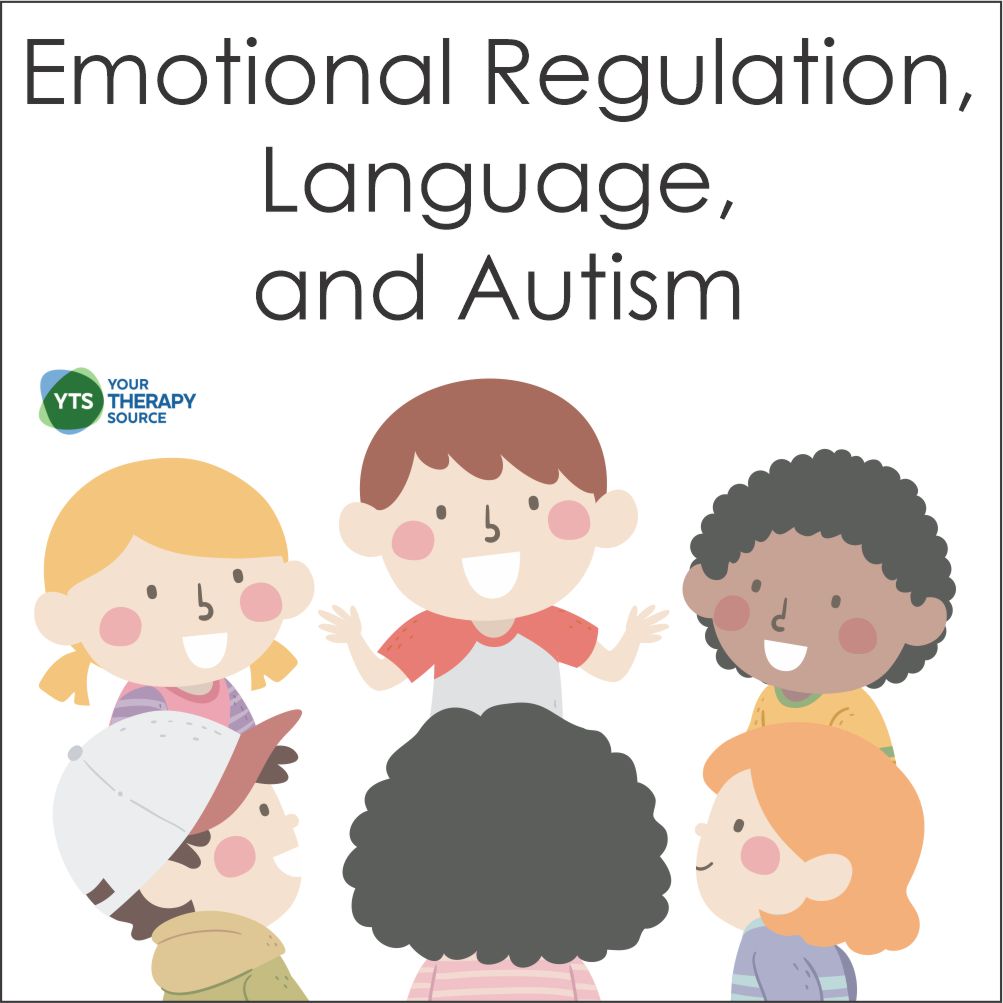Emotional Regulation, Language, and Autism

The ability to control, evaluate, and modify one’s emotional responses, known as emotion regulation, is a key skill that significantly impacts early childhood. This skill is directly associated with a range of positive outcomes, including improved academic performance, better relationships with peers, and reduced emotional issues. As children grow, they transition from relying on caregivers to regulate their emotions to managing their own emotions independently. This self-regulation involves five main strategies: selecting their situations carefully, modifying situations to make them better, shifting their attention as a form of distraction, changing their mindset about a situation, and controlling their physical responses.
Simultaneously, these children experience rapid development in their language abilities, which include both comprehension and expression. This development suggests a complex relationship between emotion regulation and language skills. Children with advanced language skills can communicate their needs more effectively, thereby reducing emotional reactivity. These improved skills contribute to better social skills, adjustment, and academic performance over time.
This relationship is particularly significant in children with Autism Spectrum Disorder, who often exhibit both language and communication impairments and less effective emotion regulation strategies. Understanding the relationship between emotion regulation and language in children with Autism Spectrum Disorder is critical for improving early intervention services. These services emphasize improving language and communication globally as a key component. Recent research explored the connection between language development and emotion regulation in young children, especially those with Autism Spectrum Disorder.
WHAT DOES THE RESEARCH SAY ABOUT EMOTIONAL REGULATION, LANGUAGE, AND AUTISM?
This recent study examined the relationship between language skills and ER in children under 24 months, accounting for traits of autism. The research will include observed and parent-reported ER measures, and the impact of including children with autism traits on the overall results will be analyzed. As children in the study are younger than two years, formal autism diagnoses are not provided. The term “autism traits” refers to children who exhibit traits consistent with autism but are not formally diagnosed. The study hypothesizes that improved language abilities will predict better emotional regulation skills in children without autism traits and the same results would apply when children with autism traits are included in the sample. An exploratory analysis comparing emotional regulation strategies used by children with autism traits and those without was also conducted.

Emotion Check In Packet
METHODOLOGY
The study involved 90 mother-toddler dyads, with children aged between 14-24 months, who were referred to a community-based behavioral clinic. 22% of the children exhibited clinically significant behavioral issues, with 15.4% showing autism traits. The sample was recruited as part of a larger Randomized Control Trial assessing the efficacy of attachment-based parenting interventions on child behavior. Children who tested positive for autism traits on a screening questionnaire underwent additional assessments.
A clinical psychologist or trained research assistant administered the Mullen Scales of Early Learning to assess language ability. Emotional regulation (ER) was measured using the Attractive Toy in a Transparent Box observational task and the Child Behavior Checklist-dysregulation profile completed by mothers. Coding for toddler distress and ER maturity was performed via video recordings of the task. An Autism Diagnostic Observation Schedule–2 was administered for participants who screened positive for autism traits.
In the Attractive Toy in a Transparent Box task, children were presented with an attractive toy inside a locked transparent box, a scenario designed to incite frustration. Displays of distress and the maturity of ER strategies were assessed during the task. Coding for toddler distress and ER maturity was performed via video recordings of the task, which was also used to evaluate the participant’s maturity of ER strategies.
Scores on Attentional Deployment, Situation Modification, and Cognitive Change scales were combined to form a composite ER maturity score, with higher scores indicating greater maturity. These assessments were part of an elaborate measurement protocol, which included a demographics form, a developmental assessment, and measures of language skills, ER, child behaviors, and autism traits.
RESULTS OF THE STUDY ON EMOTIONAL REGULATION, LANGUAGE, AND AUTISM
The study investigated the connection between language skills and emotional regulation (ER) in children displaying autism traits and those not. The first major finding confirmed that better receptive language was strongly associated with greater parent-reported ER abilities, both in children with and without autism traits. This aligns with earlier research on older children and provides critical insights that could aid the development of early interventions for children with and without autism traits. It suggests that early interventions targeting externalizing behavior could potentially be tailored to include elements that enhance receptive language skills, potentially leading to improved ER ability and behavioral regulation.
The second significant discovery corroborated the initial hypothesis that greater expressive language ability is significantly linked to observed ER maturity. The study also found that children not speaking primarily English at home had a significant association with observed ER maturity, pointing to the impact of cultural variations in emotional socialization practices. However, the study observed that when children with autism traits were included, the significant predictive relationship between expressive language abilities and observed ER maturity ceased to exist. This may suggest that this association applies only to non-autistic children and including autistic children in such studies might obscure the results.
The exploratory analysis offered an interesting perspective on ER in young children with autism traits. Young children with autism traits displayed significantly greater cognitive change than those without autism traits when matched on other characteristics. This finding contradicts existing literature that suggests autistic children display less mature ER strategies than non-autistic ones. However, this study proposes that the observed ER measure and coding system used might not be valid for assessing ER in young autistic children, necessitating further exploration in this direction.

Emotional Regulation Skills PRINTED Posters
SUMMARY AND CLINICAL IMPLICATIONS
- Greater receptive language ability is significantly associated with higher parent-reported emotional regulation abilities.
- Early interventions targeting externalizing behavior can be potentially tailored to enhance receptive language skills, leading to improved ER ability and behavioral regulation.
- Greater expressive language ability was found to be significantly linked to observed ER maturity. However, when children with autism traits were included in the sample, this relationship ceased to be significant.
- The exploratory analysis indicated that young children with autism traits displayed significantly greater cognitive change than those without autism traits.
- The study proposed the need for further research to develop valid ER assessment tools for young children with autism traits.
REFERENCE
Cibralic, S., Kohlhoff, J., Wallace, N., McMahon, C., & Eapen, V. (2023). Emotional Regulation and Language in Young Children With and Without Autism Traits. Journal of Early Intervention, 10538151231176188.



